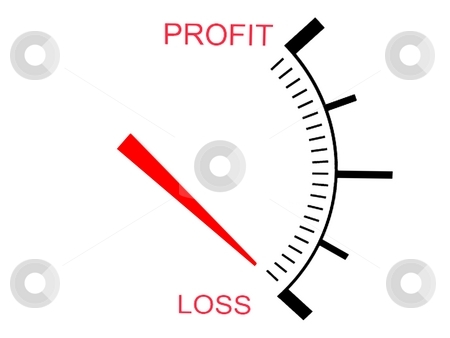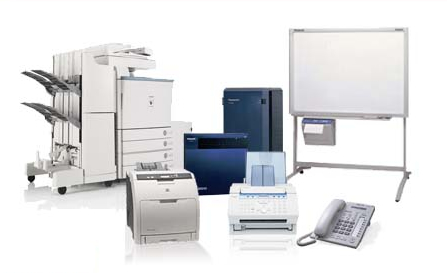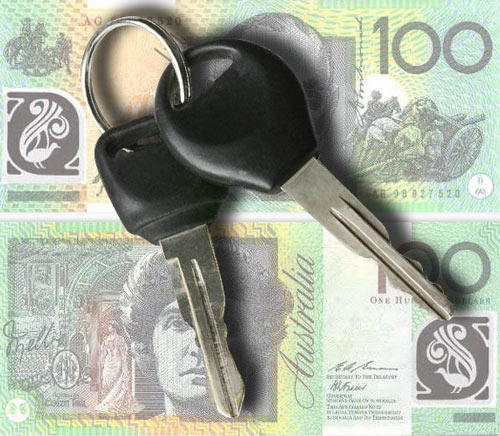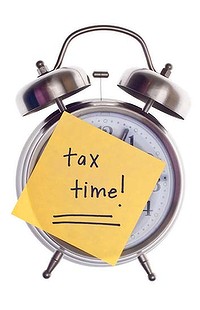
The ATO has a responsibility to the community to ensure that everyone pays their fair share of tax under the law. Each year the ATO cross references information reported in tax returns against transactions reported by other third parties. Information that the ATO match includes:

The ATO will be contacting taxpayers who have apparent discrepancies in the information they have reported in their tax returns. Where necessary the ATO will amend their returns.
Data matching is used by the ATO to also identify those who are either not lodging returns or who are not reporting at all. Where people have not lodged, the ATO will issue assessments based on information they currently hold and impose penalties as appropriate.
The ATO exchanges data with a number of institutions, organisations and Australian Government Agencies including:
From 1 July 2012, the Government will provide further tax relief for companies that report a loss through the introduction of a loss carry-back initiative to help businesses facing pressures in our patchwork economy and encourage them to invest and grow.

Currently, businesses are able to carry forward their tax losses to offset future profits and reduce future tax liabilities. The proposed changes would "allow businesses to 'carry back' their losses, to offset past profits and get a refund of tax previously paid on that profit".
In doing so, this reform will mean businesses can use their tax losses now - when they need to - rather than in the future when their businesses are performing better. The carry-back will be available to companies and entities that are taxed like companies and incur losses from 2012-13.
As part of the loss carry-back, from 1 July 2012, companies will be able to carry back up to $1 million worth of losses to get a refund of tax paid in the previous year. From 1 July 2013, companies will be able to carry back up to $1 million worth of losses against tax paid up to 2 years earlier.
INCREASE IN THE INSTANT ASSET WRITE-OFF THRESHOLD FOR SMALL BUSINESSES
The Government will simplify tax for small businesses and boost their cash flow, by allowing small businesses to instantly write off each and every new business asset costing less than $6,500 (for as many assets as they purchase) from 2012-13.
This means that a business that purchases four items of equipment worth $6,000 each will be able to get a deduction of $24,000 in the first year (rather than $3,600). As a result, this small business company will pay around $6,120 less tax in the next tax return. If they operated as a sole trader they may be able to get an even bigger tax saving.
In addition, the Government will simplify tax for small businesses, by replacing the two depreciation pools that currently exist, with a single depreciation pool. Assets costing more than $6,500, can be depreciated in a single pool from 2012-13 (15 per cent in the year they are purchased, 30 per cent in each subsequent year).
IMMEDIATE DEDUCTION FOR THE FIRST $5,000 OF THE COST OF A MOTOR VEHICLE BY SMALL BUSINESSES
This means that small businesses will be able to immediately deduct the first $5,000 of a new or used motor vehicle, purchased from 1 July this year.
Moreover, the remainder of the cost of the vehicle will also be depreciated under a new single pool depreciation rate of 15 per cent in the initial year of purchase and 30 per cent in subsequent years to the extent that the vehicle was used for a taxable purpose. This concession does not apply to tractors, graders, road rollers, combine harvesters, trailers and earthmoving vehicles.
These reforms will make the tax system simpler for small businesses, whether they are run by sole traders, partnerships, trusts or through a company.
14 JULY 2012
• Payers must issue 2011-12 PAYG withholding payment summaries to payees (that is, employees and other workers).
21 JULY 2012
• June 2012 monthly activity statements - final date for lodgement and payment. To ensure you receive the correct amount of credit in your income tax assessment, finalise all your PAYG instalments before you lodge your tax return.
28 JULY 2012
• Superannuation guarantee contributions for Quarter 4 (April - June 2012) are to be made to the fund by this date. If an employer does not pay the minimum superannuation guarantee contributions for Quarter 4 by this date, they must pay the SGC and lodge a Superannuation guarantee charge statement-quarterly by 28 August 2012. The SGC is not tax deductible.
14 AUGUST 2012
• PAYG withholding payment summary annual report – final date for lodgement. Use this to report amounts withheld from salary and wages and other payments. These amounts are reported at Label W2 of the activity statement. If a tax agent prepares the report the due date is 30 September 2012.
21 AUGUST 2012
• July 2012 monthly activity statements - final date for lodgement and payment.
25 AUGUST 2012
• Quarter 4 activity statements (April - June 2012) – final date for lodgement and payment for electronic lodgement (ELS, ECI, Tax Agent Portal or BAS Agent Portal). To ensure you receive the correct amount of credit in your income tax assessment, finalise all your PAYG instalments before you lodge your tax return.
21 SEPTEMBER 2012
• August 2012 monthly activity statements - final date for lodgement and payment.
Receive FREE information and advice on Accounting & Taxation every Quarter
Signup